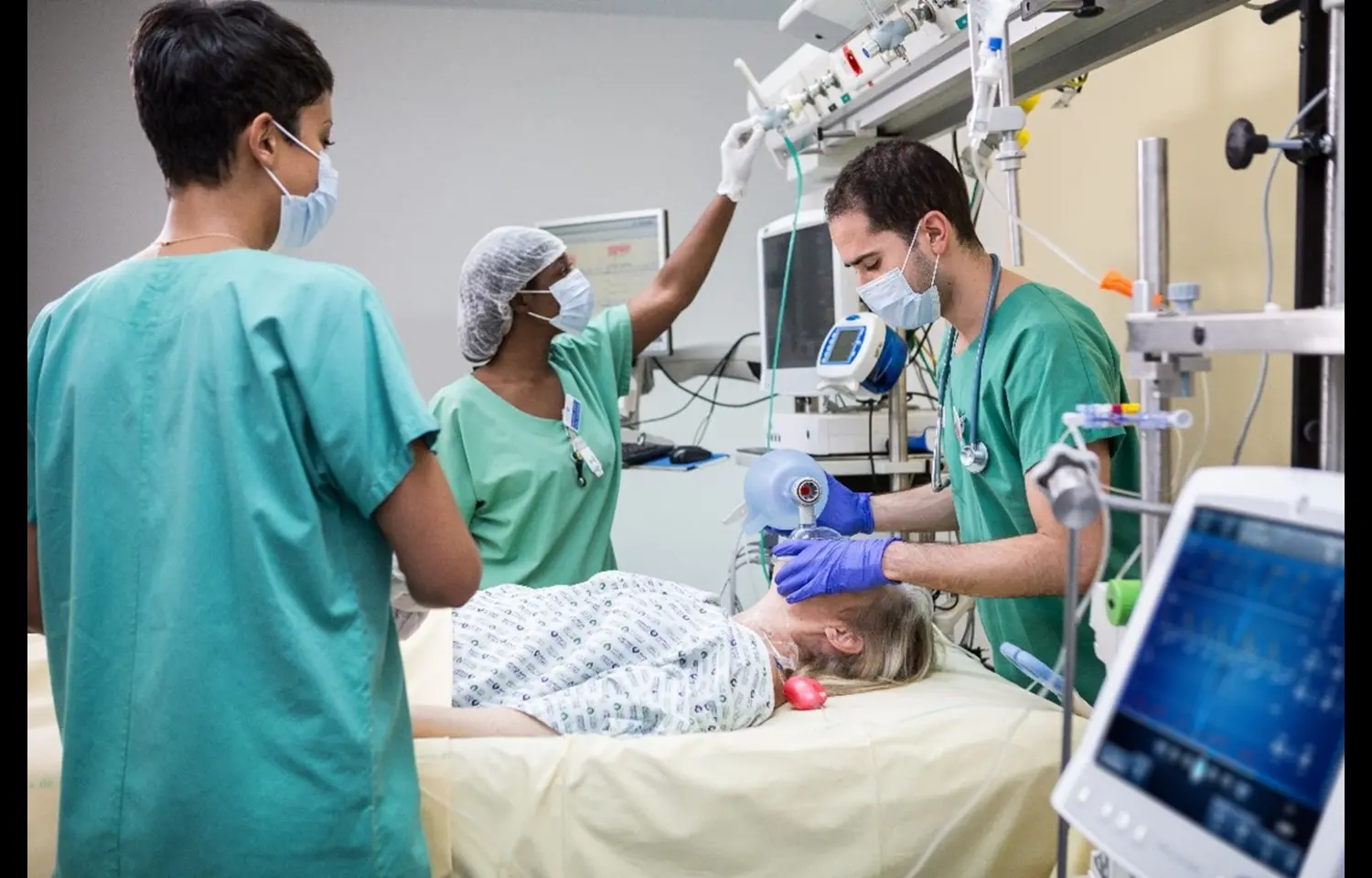- Home
- Medical news & Guidelines
- Anesthesiology
- Cardiology and CTVS
- Critical Care
- Dentistry
- Dermatology
- Diabetes and Endocrinology
- ENT
- Gastroenterology
- Medicine
- Nephrology
- Neurology
- Obstretics-Gynaecology
- Oncology
- Ophthalmology
- Orthopaedics
- Pediatrics-Neonatology
- Psychiatry
- Pulmonology
- Radiology
- Surgery
- Urology
- Laboratory Medicine
- Diet
- Nursing
- Paramedical
- Physiotherapy
- Health news
- Fact Check
- Bone Health Fact Check
- Brain Health Fact Check
- Cancer Related Fact Check
- Child Care Fact Check
- Dental and oral health fact check
- Diabetes and metabolic health fact check
- Diet and Nutrition Fact Check
- Eye and ENT Care Fact Check
- Fitness fact check
- Gut health fact check
- Heart health fact check
- Kidney health fact check
- Medical education fact check
- Men's health fact check
- Respiratory fact check
- Skin and hair care fact check
- Vaccine and Immunization fact check
- Women's health fact check
- AYUSH
- State News
- Andaman and Nicobar Islands
- Andhra Pradesh
- Arunachal Pradesh
- Assam
- Bihar
- Chandigarh
- Chattisgarh
- Dadra and Nagar Haveli
- Daman and Diu
- Delhi
- Goa
- Gujarat
- Haryana
- Himachal Pradesh
- Jammu & Kashmir
- Jharkhand
- Karnataka
- Kerala
- Ladakh
- Lakshadweep
- Madhya Pradesh
- Maharashtra
- Manipur
- Meghalaya
- Mizoram
- Nagaland
- Odisha
- Puducherry
- Punjab
- Rajasthan
- Sikkim
- Tamil Nadu
- Telangana
- Tripura
- Uttar Pradesh
- Uttrakhand
- West Bengal
- Medical Education
- Industry
Robot-assisted surgery tied to Higher postoperative Pulmonary Complications versus conventional laparoscopic surgery: Study

Researchers have found in a new cohort study published in JAMA Surgery that patients undergoing robot-assisted surgery were more likely to experience postoperative pulmonary complications compared with those who had conventional laparoscopic procedures, raising important questions about perioperative management in minimally invasive surgery.
The study evaluated outcomes in a large group of patients undergoing abdominal and pelvic operations and specifically examined differences in pulmonary function following robot-assisted versus conventional laparoscopic approaches. Findings revealed that individuals in the robot-assisted surgery group required longer and more intensive mechanical ventilation after surgery, and this increased need for respiratory support appeared to contribute to the higher incidence of pulmonary complications observed.
However, when researchers adjusted for potential confounders, only ventilation duration—not intensity or surgical approach itself—was independently associated with pulmonary complications, suggesting that prolonged ventilation times during robot-assisted procedures may explain the elevated risks rather than the robotic technique alone. This distinction is clinically meaningful, as it emphasizes the role of anesthetic management and ventilatory strategies in reducing pulmonary risks, rather than placing the burden solely on surgical modality choice. The findings also underscore the importance of enhanced intraoperative monitoring, lung-protective ventilation strategies, and careful postoperative respiratory care for patients undergoing robot-assisted operations, particularly given the increasing adoption of robotic platforms in general and subspecialty surgery.
Pulmonary complications remain a leading cause of morbidity after abdominal surgery, and understanding modifiable contributors such as ventilation time provides an avenue for targeted interventions to improve outcomes. While the data indicate that robot-assisted procedures may expose patients to longer anesthetic and ventilation times, they also suggest that optimizing perioperative respiratory management could mitigate risks without negating the potential benefits of robotic technology, such as improved dexterity, visualization, and precision. The authors conclude that further research should evaluate strategies to shorten ventilation duration and assess whether tailored respiratory care protocols can reduce pulmonary complication rates in robot-assisted surgery, ultimately supporting safer integration of robotic systems into surgical practice.
Reference: JAMA Surgery. Association of Robot-Assisted Surgery With Postoperative Pulmonary Complications Compared With Conventional Laparoscopic Surgery. Published September 17, 2025. DOI: 10.1001/jamasurg.2025.3445.
Dr. Shravani Dali has completed her BDS from Pravara institute of medical sciences, loni. Following which she extensively worked in the healthcare sector for 2+ years. She has been actively involved in writing blogs in field of health and wellness. Currently she is pursuing her Masters of public health-health administration from Tata institute of social sciences. She can be contacted at editorial@medicaldialogues.in.
Dr Kamal Kant Kohli-MBBS, DTCD- a chest specialist with more than 30 years of practice and a flair for writing clinical articles, Dr Kamal Kant Kohli joined Medical Dialogues as a Chief Editor of Medical News. Besides writing articles, as an editor, he proofreads and verifies all the medical content published on Medical Dialogues including those coming from journals, studies,medical conferences,guidelines etc. Email: drkohli@medicaldialogues.in. Contact no. 011-43720751


